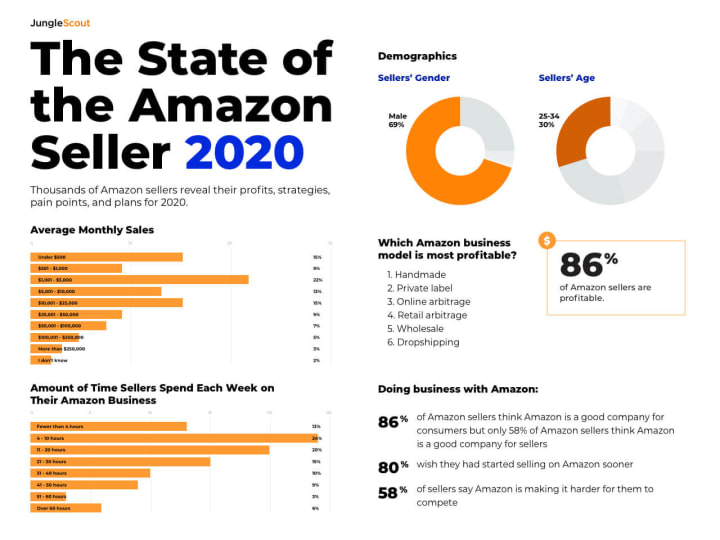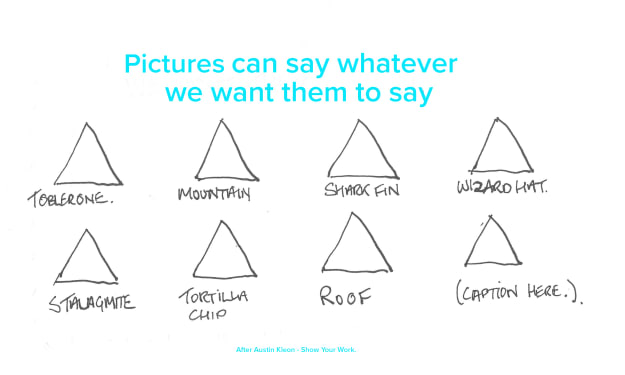
Amazon is one of my favourite companies. You see something online, order it with one click, and next day a package arrives! Christmas every day! The perfect customer experience; solves the problem quickly, delivers the solution, emotionally satisfying!
The whole process focuses on the customer experience and it’s based on what is called the Amazon Flywheel. A virtuous cycle that is fed by its own momentum.
Since Amazon’s founding 22 years ago, the flywheel concept has guided the company’s core principles and is the driving force behind its rapid ascent.

Amazon have always been focussed on the customer experience; in fact, they espouse a customer obsession as one of their key qualities.
Legend has it that Jeff Bezos sketched out the strategy on a napkin in 2001. Since then it has been used as the key marketing strategy and business model for the whole organisation. But the flywheel concept is more than just a strategy or concept, it is a mindset, a way of guiding thinking about the business. It speeds up growth by investing as much as possible into the customer experience, because the customer experience will generate the impetus for the flywheel to spin.
Amazon was founded in 1994 and originally began trading as a bookstore in 1995. Jeff Bezos left a wall street firm, where he was vice president and moved to Seattle to minimize what he called; “regret minimization”. In July 1995 the company was incorporated as Cadabra, but was changed to Amazon a few months later. In the early days the company was operated out of Bezos’ garage in Belleview, Washington with a $250,000 investment from his parents.

Having seen the potential of internet growth Bezos made a list of 20 different types of products that might be sold online and finally settled on books because of the worldwide demand for literature, the low unit price for books, and the huge number of titles available in print. With some initial success in the first few months Amazon sold to all 50 states and over 45 countries. Two months later Amazon's sales were $20,000/week.
Amazon listed on the NASDAQ stock exchange in May 1997, but only made its first profit towards the end of 2001: 1¢ per share on revenues of more than $1 billion. Although a very modest profit margin, it showed that Bezos' unconventional business model could succeed.
By 2018 Amazon had a 43.5% share of American online spending. Despite the pandemic, by the end of 2020 Q2 Amazon doubled its net profit year on year to $5.2 billion, compared to $2.6 billion at this time in 2019.

The break-through into profitability started when Amazon invited 3rd party sellers to their platform. These were what we would normally call their competitors. But the effect of inviting them in was to improve the potential selection of goods offered and as a result Amazon were able to focus on the customer experience and at the same time improve its cost structures, decrease prices and thereby allow the “Flywheel” to spin faster.
The inclusion of 3rd party sellers expanded the selection available and allowed Amazon to offer either to use Amazon fulfillment (management and delivery of orders) via their own platform, or to sell through their own platforms. Normally this sort of inventory would take years to build. Smaller 3rd party supplier can also place their products in the Amazon Warehouse and used as part of the Amazon Prime program. Again, it all comes back to a better customer experience.

Source: Jungle Scout
By building a lower cost structure Amazon gets bigger which gives them more leverage on the fulfillment and logistics structure. But they went further; rather than paying out the additional cash in dividends they have used it to further lower prices, which completes one phase of the customer cycle and further enhances the customer experience.
The flywheel has 3 main elements:
- Low prices
- Huge selection
- Great delivery experience.
The more contented customers you have the more traffic you get. So, rather than monetizing the traffic, Amazon increase customer satisfaction.
Amazon don’t have to focus solely on what they have, they can also sell stock that may be difficult for them to hold and deliver. This seems to work for the 3rd party companies too, they are often small, with no more than 6 employees.
Amazon operates on very tight profit margins (although they have huge volume). Nevertheless a major part of the strategy has been to reinvest the cash into the business, to lower prices and fuel programs like Amazon Prime and AWS (Amazon Web Services). Thus, the whole flywheel gathers momentum with the advantages and reach which are passed on to the 3rd party suppliers and of course, the customers. Lower prices, better selection and efficient inventory management.
Initially it takes a lot of force (capital and infrastructure) to get the flywheel spinning, but as momentum is built up it begins to rotate more efficiently, storing energy for later release. This stored energy.
“…you’re growing the company. A side benefit of our growth over the last 10 years has been that we build a lower cost structure so as we get bigger we get to leverage our buys, we get to leverage the fulfillment, infrastructure, and logistics infrastructure, we get to leverage the website and that lowers the cost per unit of everything that we do… we have two choices we can keep that cash paid as dividend or lower our prices. As you know over the years, we’ve chosen to lower our prices which completes again another cycle of great customer experience.”
Jeff Wilke, CEO of Amazon Worldwide Consumer
Once the flywheel builds sufficient momentum; it keeps releasing energy and at that point it becomes harder to stop.
The flywheel isn’t just a marketing strategy, it’s a mindset, a way of thinking. The difference is critical as a marketing strategy makes it applicable only to certain areas of a business. Whereas a mindset makes you think in higher terms of business principles and strategies.

www.charlesleon.uk






Comments
There are no comments for this story
Be the first to respond and start the conversation.